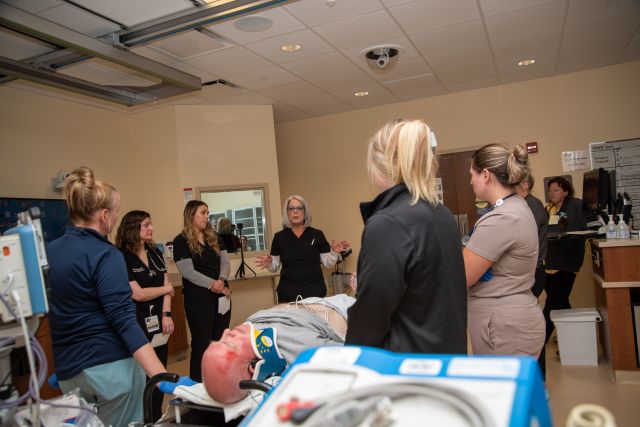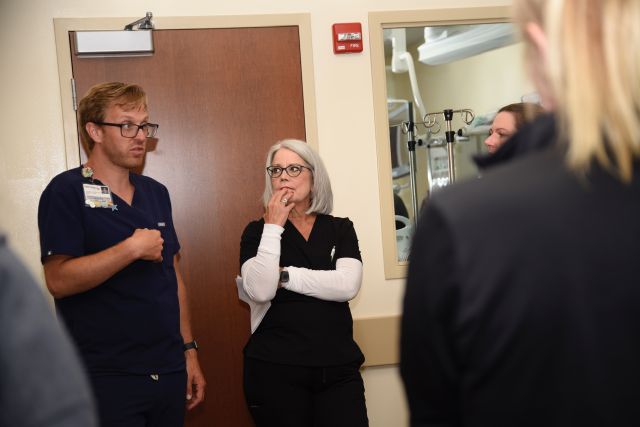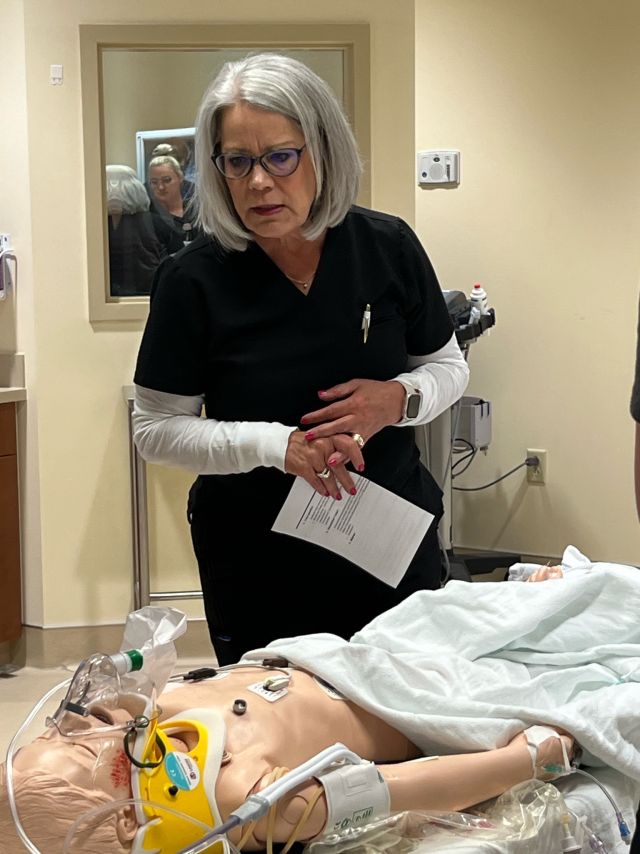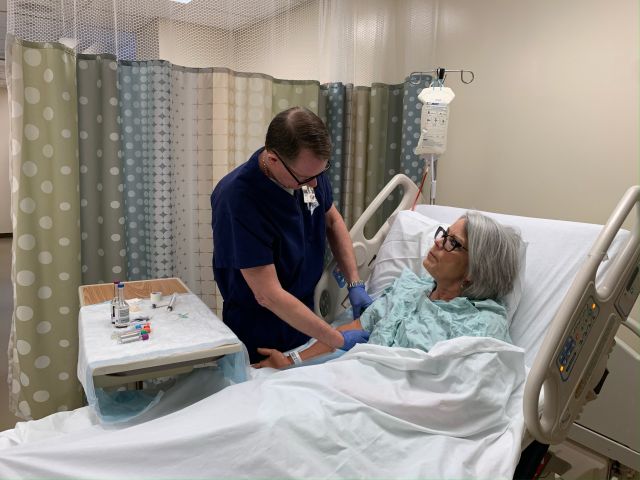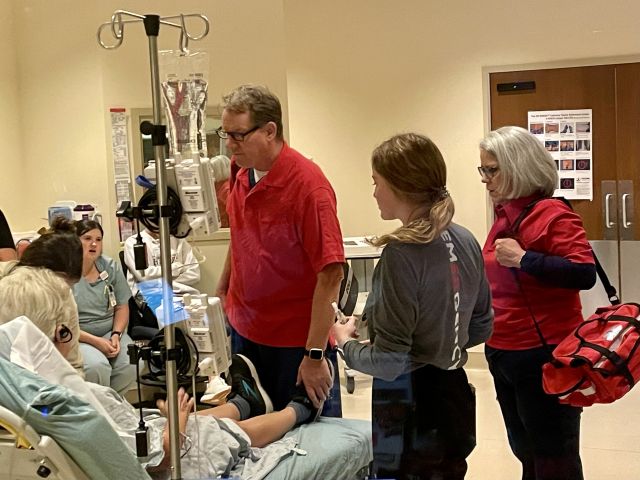Simulation - during Orientation
Project: Nursing Orientation Simulation Curriculum
Innovation
Simulation Curriculum for the Sklll and Assessment Development of the New Emergency Nurse
Simulation Content
Initial Patient Assessment and Cognitive Bias; Behavioral Health; Cardiac Care; Stroke Care; Adult and Pediatric Sepsis; Trauma and Critical Care
A traditional preceptorship orientation model often doesn't allow the new emergency nurse to experience all patient situations or types. Caring for complicated patients in the care environment creates stress and chaos for the new nurse in the emergency department. By developing a well-thought-out and evidence-based simulation curriculum, the new emergency nurse experiences different patient situations in a safe learning environment.
Challenge
Fill Knowledge and Practice Gaps
The journey to creating an effective orientation program includes many process evolutions. Knowledge and Practice gaps were identified in several new emergency nurses. There were items that they were poorly exposed to or never got to experience during their orientation.
Additional challenges exist surrounding technology, simulation operation, and scheduling. These are not insurmountable challenges, but the unique set of circumstances that exist in each site needs to be evaluated, looking for opportunities to meet learning objectives within the given constraints.
Solution
Creating a curriculum
Creating a simulation curriculum allowed us to ensure those gaps could be closed for future cohorts. The process started with a needs assessment to determine the skills and competencies new emergency nurses needed to develop. Learning objectives emerged that would address the gaps. The team created scenarios and assessment methods for the simulation program. Simulation can be fun, but each design and step in the plan needs to assist in meeting the goals of the nursing program and any regulatory requirements.
Planning
Scenario Development
Create a library of scenarios that cover a wide range of clinical situations, from basic assessments to complex emergencies. Ensure scenarios are evidence-based and relevant to the clinical setting. Involve experienced nurses and subject matter experts in scenario development. Continuously update and improve scenarios based on feedback and best practices. The curriculum developed for the pilot site includes multiple plans for the following topics:
-
Initial Patient Assessment & Bias
-
Care of the Patient with Behavioral Health Complaints
-
Care of the Patient with Chest Pain
-
Care of the Patient with Acute Neurologic Deficits
-
Care of the Patient with Potential Sepsis and Pediatric Patients
-
Care of the Patient with Traumatic Injuries
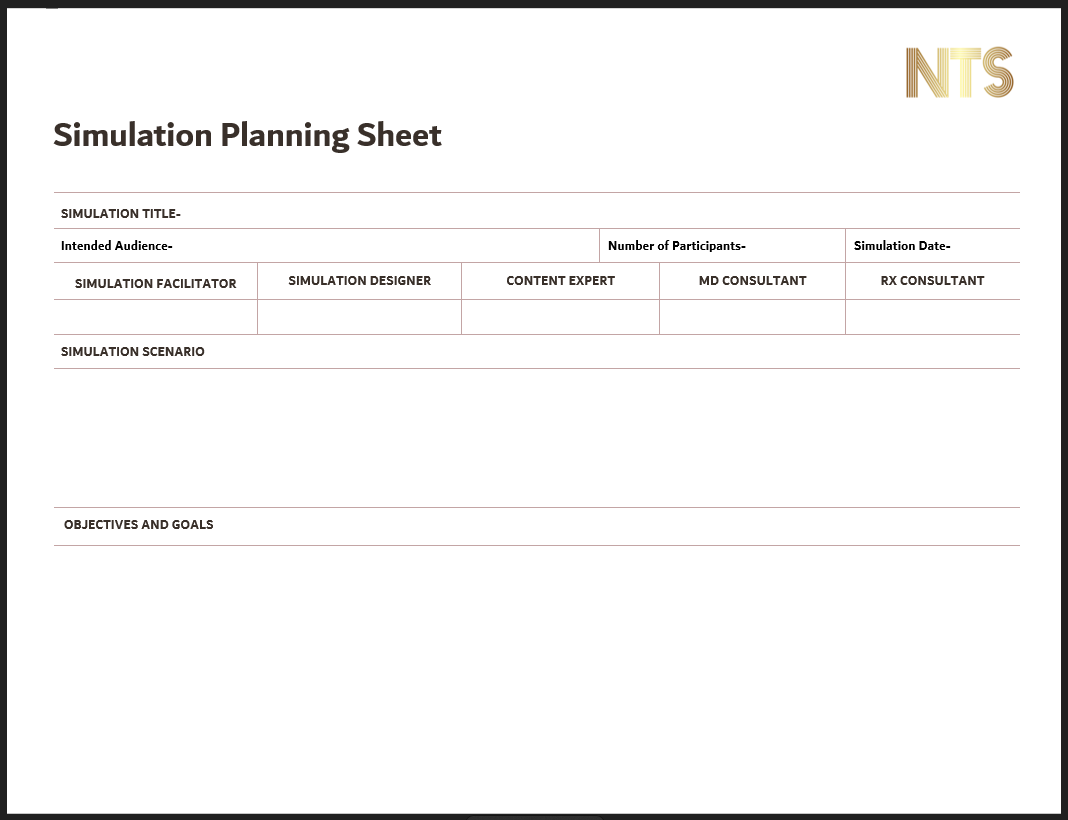
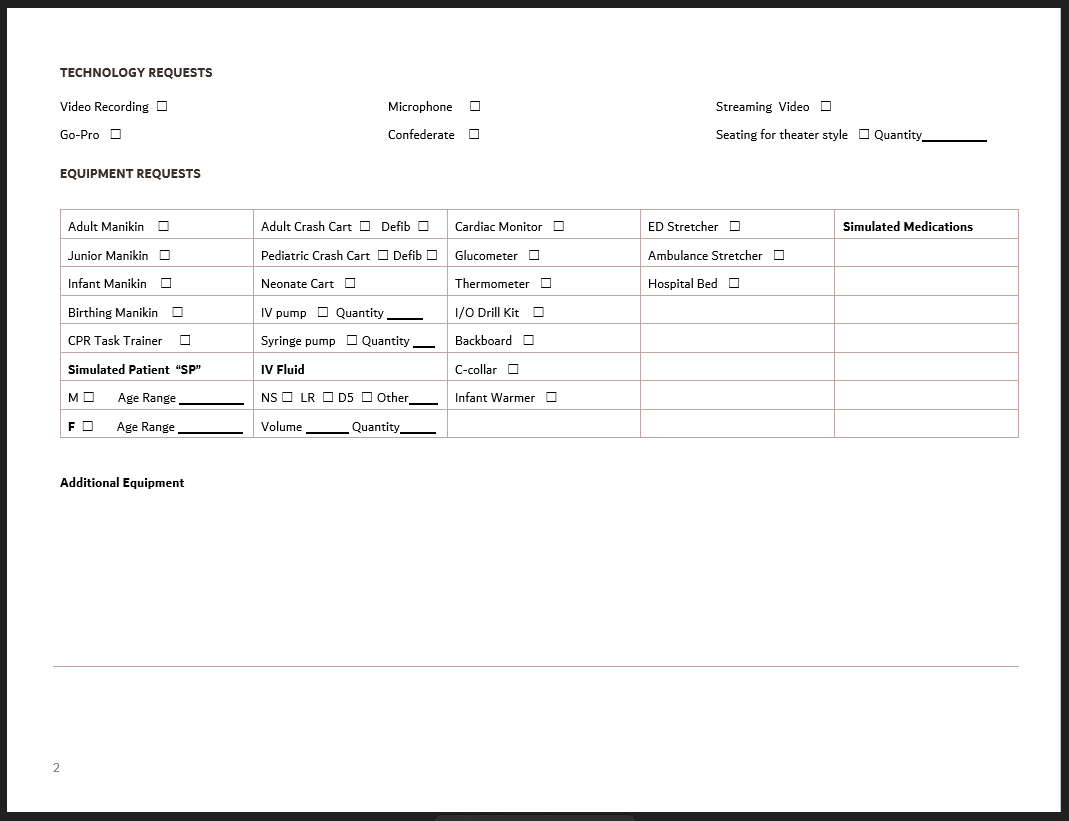
Evaluate
Measure improvements in practice
Implement a robust evaluation process, collect feedback from educators and students, and continuously use this data to improve the program.
